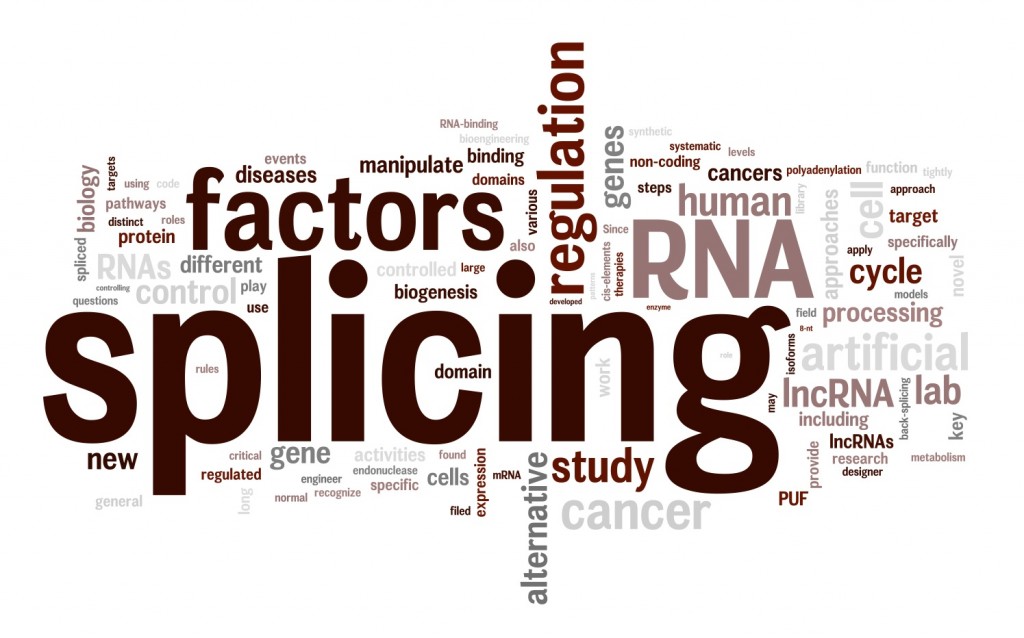The regulation of splicing is mostly achieved by RNA cis-elements to recruit protein trans-factors that either enhance or suppress the use of adjacent splice sites. Based on their activities and locations in pre-mRNA, these cis-elemens are classified as exonic splicing enhancers (ESEs), exonic splicing silencers (ESSs), intronic splicing enhancers (ISEs) and intronic splicing silencers (ISSs). Such regulation is analogous to the transcription regulation in which the transcription factor binding to the regulatory cis-elements of DNA and act as enhancers or suppressors of transcription.
Splicing regulation- understanding the splice code Click it!
Since most splicing regulatory cis-elements are unknown, we seek to identify these cis-elements and study their function systematically. We mainly use a cell based screen to identify novel cis-elements from a random sequence library. In addition, the computational approaches will be used to predict the function of these elements.
Manipulate splicing of target genes – reprogram splicing code Click it!
We are also interested in develop new methods to specifically manipulate splicing of any given gene. Since mis-regulation of alternative splicing is a common cause of many human diseases, modulation of splicing can help to restore correct splicing pattern and thus has great potential in therapeutic applications.
If you wish to know some basics of mRNA splicing, here is a nice video introduction:

